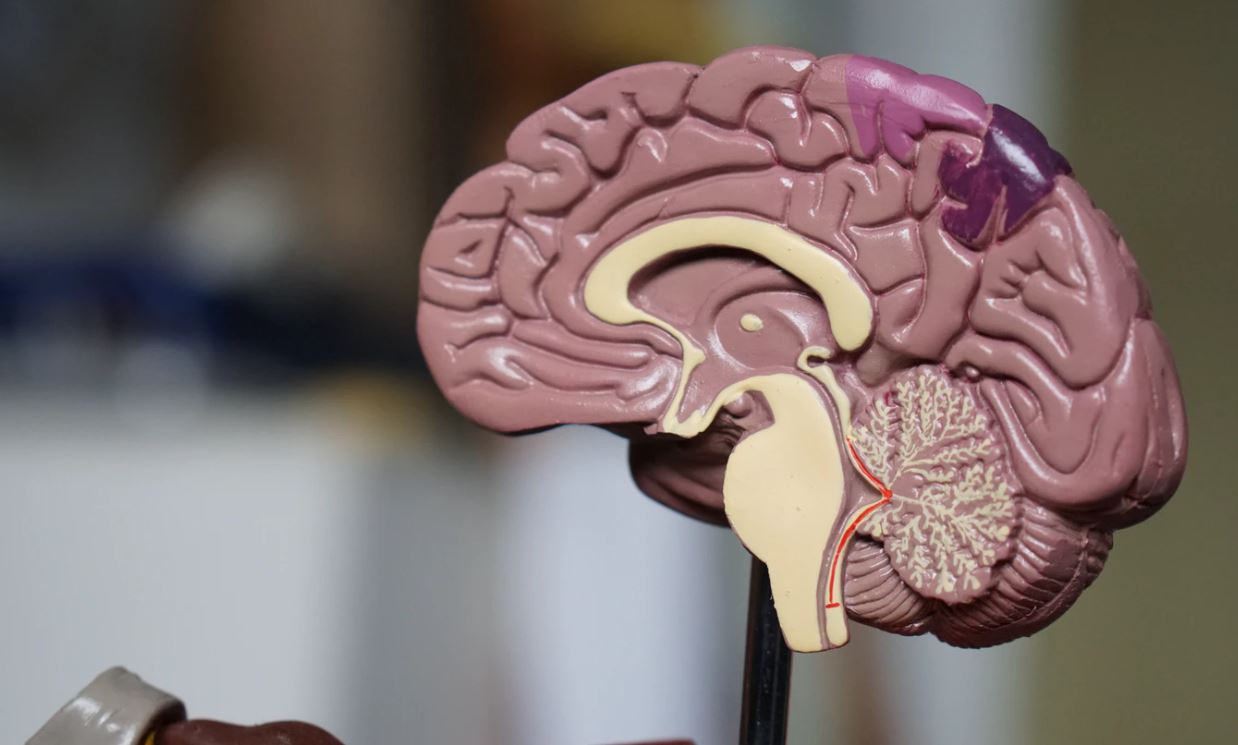If you or your loved ones face psychological problems, you have reached the right place.
Transcranial Magnetic Stimulation is also known as TMS therapy is a non-invasive, outpatient treatment that uses magnetic fields to stimulate nerve cells in the brain. The medical procedure treats various conditions, including depression, anxiety, obsessive-compulsive disorder (OCD), and posttraumatic stress disorder (PTSD).
It is being studied to treat other conditions, including chronic pain, epilepsy, Parkinson’s disease, schizophrenia, migraines, and weight loss.
The Food and Drug Administration (FDA) approved the therapy in 2008 for individuals with depression that have not responded to treatment. Repetitive Transcranial Magnetic Stimulation (rTMS) is the most common type of this treatment.
It involves delivering repetitive magnetic pulses to the head over weeks or months.
How Does TMS Therapy Work?
TMS therapy works by stimulating nerve cells in the brain. This stimulation causes the release of neurotransmitters, which allow nerve cells to communicate with each other.
The release of neurotransmitters may help restore the balance of chemicals in the brain that is disrupted in people with depression, anxiety, OCD, and PTSD.
Who can benefit from TMS Therapy?
The therapy can be used to treat several conditions, including:
Depression
People who have depression that has not improved after taking several different medications may benefit from this procedure.
Because TMS is administered through treatment sessions at regular intervals, it can be an option for people whose symptoms are severe or who cannot tolerate the side effects of medications.
Anxiety
The procedure may be an option for people with anxiety who have not responded to treatment with medications.
OCD
TMS effectively reduces the frequency of OCD symptoms when added to standard treatment with medications. It can also reduce OCD symptom severity by up to 40 percent when used with medication.
PTSD
In 2013, the FDA approved the treatment for use in adults with PTSD who have not responded to treatment with medications or for whom medication use is not advisable.
Symptoms of Alzheimer’s disease
TMS therapy has been shown to improve some symptoms of Alzheimer’s disease, including mood and behavior problems, anxiety, agitation apathy, irritability, elation/euphoria, apathy, irritability, elation/euphoria, and social withdrawal.
Schizophrenia
Researchers are exploring whether TMS therapy may be a promising option for people with schizophrenia that is not well controlled by medications. More studies are required to understand the long-term benefits of this treatment.
Parkinson’s Disease
In 2011, researchers reported that TMS therapy might improve some symptoms of Parkinson’s disease, including rigidity, tremors, and bradykinesia (slowness of movement).
Epilepsy
Studies are being conducted to determine if the treatment can help reduce the number of seizures in people with epilepsy.
Migraines
The therapy may help reduce the number of migraines a person experiences.
How Is TMS Therapy Administered?
The treatment is typically administered five days a week (Monday through Friday) for 4-6 weeks. Most people undergo therapy while at the hospital or clinic like Concierge TMS, but some receive this treatment while at home under the supervision of a professional.
During each session, you sit in a recliner, and the therapist positions the coil against your scalp near an area of the brain involved in mood, anxiety, OCD, or PTSD. The therapist then turns on the TMS machine and delivers a series of magnetic pulses to the coil.
One pulse lasts for a fraction of a second. Most people do not feel anything during the treatment session.
What Are the Benefits of TMS Therapy?
Many people with depression, anxiety, obsessive-compulsive disorder (OCD), posttraumatic stress disorder (PTSD), and other conditions improve significantly after receiving the treatment. Some find that symptoms do not return once treatment is discontinued.
The benefits of the therapy include.
- Improvement in mood, anxiety, OCD, and PTSD symptoms
- Reduced frequency of OCD symptoms by up to 40 percent
- Improvement in some symptoms of Alzheimer’s disease, schizophrenia, Parkinson’s disease, and epilepsy
- No adverse effects on memory or cognitive function
- Safe and well-tolerated with a low risk of side effects
- It does not require anesthesia or sedation
- Short treatment sessions that are convenient and easy to schedule
- It can be administered in an outpatient setting
Although the benefits of the treatment seem to last for a long time in many cases, some people may need to undergo maintenance treatment to continue to see results.
TMS is a safe and effective treatment that can help improve the symptoms of some conditions. Most people will tolerate it, and the only common side effect is a mild headache. The therapy can be safely combined with other treatments, including medications.
If you are experiencing any of the conditions listed above and have not found relief with medication, the treatment may be a good option. TMS is a safe and effective treatment that has helped many people improve their symptoms.




